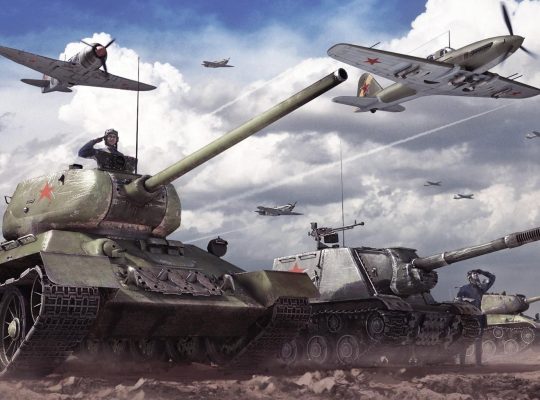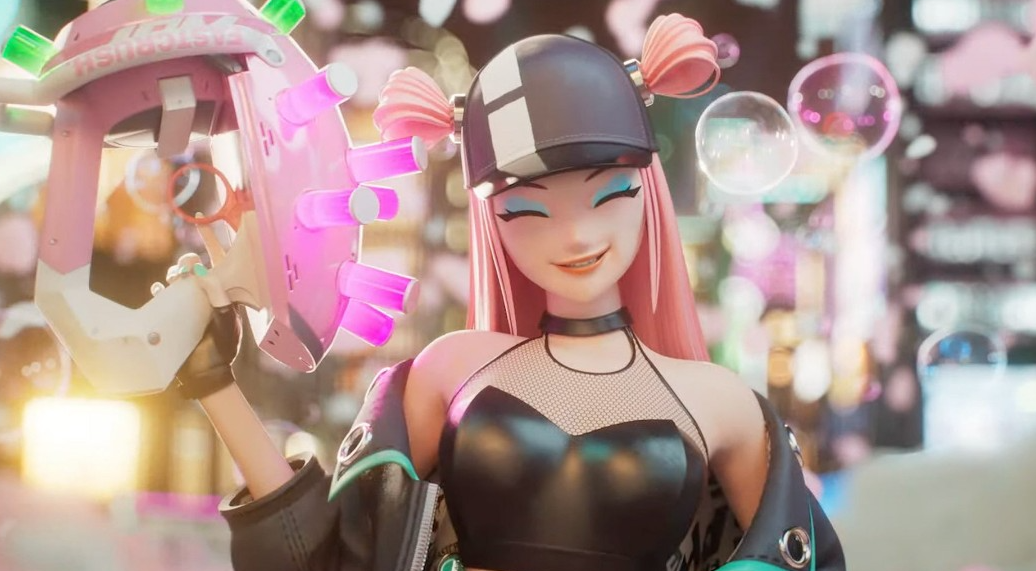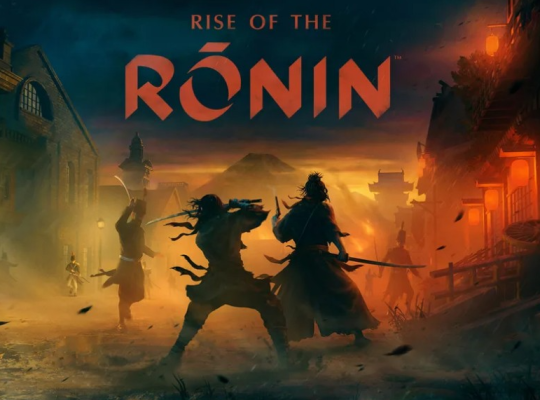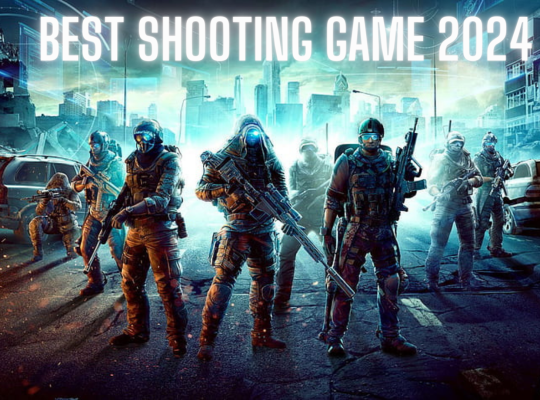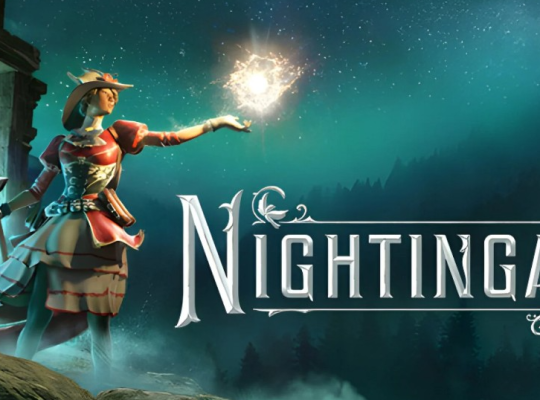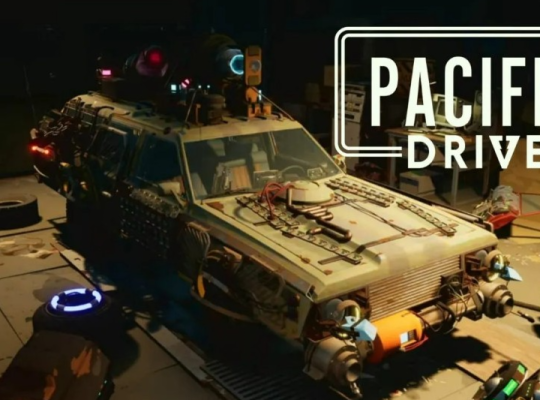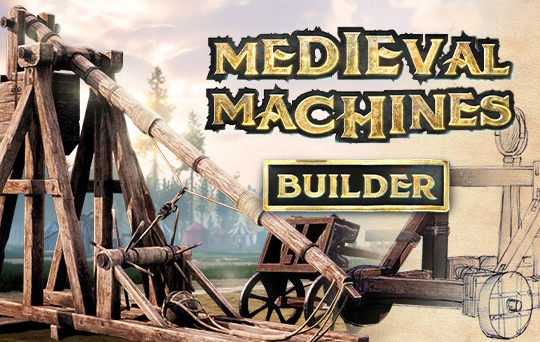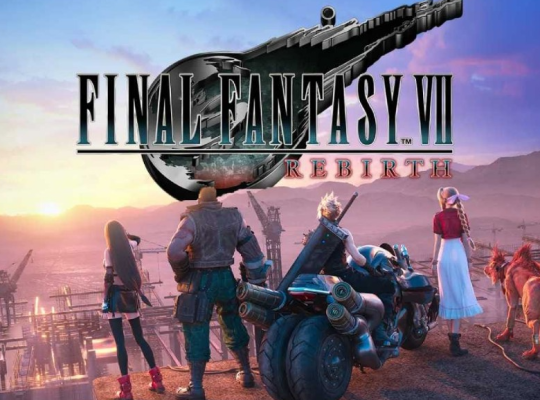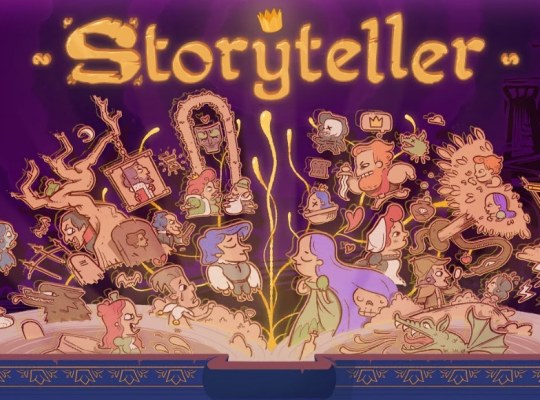Foamstars was initially revealed, and the internet was flooded with “Is this Splatoon?” memes. However, I was always enthusiastic about the concept, firmly believing that gameplay ideas are not proprietary, and Splatoon’s innovative take on team-based shooters laid the groundwork for equally imaginative games.
If Foamstars bears any resemblance to another game, it would be Ninjala, the only other notable title attempting a similar style. Both share a frenetic pace and even a comparable button layout for special moves. However, despite these similarities, Foamstars falls short due to its trendy yet uninspired world, lackluster gameplay, and an overwhelming abundance of microtransactions. It’s not just a mediocre imitation of its inspiring predecessor; it’s simply unremarkable.
Foamstars doesn’t offer much in terms of a narrative, at least not one that I could uncover. Essentially, it’s set in a whimsical world where hyper-flamboyant athletes vie in foam-based tournaments to claim the coveted title of “Foamstar.” This serves as the primary justification for the game’s multiplayer aspect. While there is a Missions mode that imparts some backstory and adds personality to the characters, it remains minimal in its contribution to the overall experience.
Moulin Rouge Expectations
In exploring the unexpected connection between Baz Luhrmann’s cinematic extravaganza, Moulin Rouge, and Square Enix’s video game Marvel, FOAMSTARS, parallels emerge that transcend the apparent disparity between film and gaming. Luhrmann’s cinematic brilliance lies in the initial sensory onslaught of Moulin Rouge, seamlessly transitioning from chaos to substance. The film’s initial ‘batshit crazy’ phase, with its high-sensation imagery, captivates the viewer, guiding them to familiarity within the first 30 minutes. FOAMSTARS, echoing this journey, immerses players in a whirlwind of confusion initially, gradually evolving into an enjoyable experience.
The correlation between Moulin Rouge and FOAMSTARS becomes evident as the game unfolds. The tutorial, much like the film’s opening scenes, leaves players unprepared, revealing only a fraction of its complexity. Initial games induce an information overload, reminiscent of Moulin Rouge’s visual assault. The inaugural versus match thrusts players into a small, Finals-like map, filled with flashing lights, distractions, and a frenzy of foam-spraying chaos. The brevity of the game, approximately 10 minutes, leaves participants content regardless of victory or defeat. The rapid pace, flashy aesthetics, and overwhelming details necessitate careful dissection. However, as the chaos subsides, a transformation occurs, paving the way for clarity and a distinct shift in the gaming experience.
After navigating through 4-5 games, and roughly an hour of gameplay, FOAMSTARS undergoes a notable transformation. The initial intensity reminiscent of Moulin Rouge begins to wane, making way for a strategic, short-stint gameplay that follows a discernible pattern.
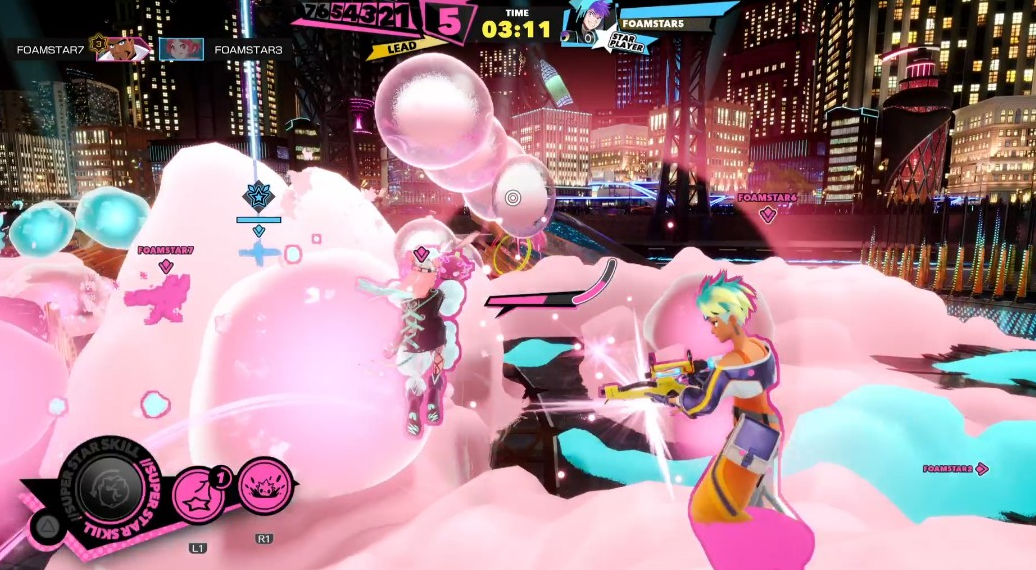
The game’s foundation lies in its characters and strategies, drawing parallels to renowned titles like Overwatch and Valorant. Choosing from eight characters requires a decision akin to selecting a team role in competitive gaming. Each character, such as Rave Breaker with foam deployment and powerful punches, or SOA, a fast-moving, dual-pistol wielder, contributes uniquely to the team dynamic. The simplicity on the surface belies the complexity of player design and decision-making, introducing an intriguing layer to the seemingly straightforward game.
Beneath the character design lies the intricate mechanics that shape the player’s experience, categorized into five major areas. The first three focus on power-ups, altering the foam dynamics during a match. While not imperative for victory, these power-ups contribute to the team’s advantage, destroying enemies. Two minor power-ups replenish quickly, contrasting with a super power-up that accumulates as players engage in foam spraying and enemy takedowns. Foam, serving as both a hindrance and a weapon, slows and damages enemies, making its strategic deployment crucial.
Two additional core mechanics involve foaming and fleeing. Foaming at the map’s onset grants speed and hinders enemies, forming a vital component of the gameplay strategy. The surf-like motion through the foam facilitates swift escapes or rapid interventions, presenting a nuanced touch. Fleeing, on the other hand, involves navigating maps amidst chaos, and avoiding enemy foam. The perpetual challenge of evading adversary foam requires adept navigation skills, creating a dynamic aspect of the game.
Simplicity in controls emerges as a key design principle. Executing power-ups or swiftly traversing a foam-filled map demands only a flick of the wrist. This intentional simplicity keeps players focused on the primary objectives—eliminating enemies and developing real-time strategies. Square Enix’s astute understanding of the balance between simplicity and depth manifests in the game’s well-designed control system.
Beyond the straightforward gameplay of foam and fleeing, FOAMSTARS introduces a layer of complexity with Core Power upgrades. These upgrades enable players to enhance standard control options, leveling up shot power, rate, skills cooldown, or foam damage. Earning experience points from matches form a cyclical progression, encouraging continuous gameplay and exploration of diverse character playstyles. This added layer of complication contributes to a richer and deeper gaming experience.
Furthering the game’s complexity are Bubble Gem Sets, a component within FOAMSTARS. Earned through experience points, these sets allow players to insert buffs, augmenting a character’s power. Buffs may enhance speed on an opponent’s foam space, improve jump abilities, or offer other strategic advantages. Both Core Power upgrades and Bubble Gem Sets inject sweetness into the gameplay, providing players with choices that enhance their overall gaming experience.
In conclusion, FOAMSTARS, much like Moulin Rouge, masterfully combines chaos and strategy. The initial overwhelming experience gradually gives way to a nuanced and enjoyable gameplay journey. The game’s design, from character selection to power-ups, foaming, and fleeing mechanics, echoes the strategic depth of renowned titles. Simplicity in controls ensures an immersive experience, while the added layers of Core Power upgrades and Bubble Gem Sets elevate FOAMSTARS beyond its simple facade. Square Enix’s creation succeeds in offering players not only a visually engaging experience but also a complex and rewarding journey through the whimsical world of foam-filled mayhem.
Solo vs. Multiplayer: Unveiling the Dual Facets of FOAMSTARS
Embarking on the solo missions of FOAMSTARS, it swiftly becomes apparent that navigating this game alone was an afterthought. Solo missions, though providing an avenue for experience accumulation, prove to be scanty, easily conquerable, and somewhat entertaining solely due to enemy design. These missions, primarily aimed at gaining experience, offer a shallow gameplay experience. The objective revolves around confronting waves of enemies, progressively increasing in difficulty, yet not posing a significant challenge. Guarding energy sources against a sluggish onslaught becomes routine, and the missions, completed effortlessly with any Foamstar, lack depth, quickly fading into forgetfulness as players yearn for the more robust multiplayer component.
Transitioning to the multiplayer side of FOAMSTARS, a richer and more engaging experience unfolds. The multiplayer facet initiates with the vibrant mode titled “Smash the Star,” featuring a 4×4 gameplay structure. Here, the goal is to gradually reduce the player count of the opposing team. Layers are added to the player count until one is designated star player. Eliminating this star player concludes the game. This easily comprehensible concept injects a fun dynamic into the gameplay. Throughout my time with the game, “Smash the Star” emerged as the most captivating and densely populated mode.
The multiplayer spectrum expands further with diverse modes, introducing variety to the FOAMSTARS universe. “Rubber Duck Party” incorporates a ‘capture the flag’ essence, requiring players to transport a duck to the enemy’s goal. “Happy Bath Survival,” a 4×4 game, divides teams into two groups, one within the arena and the other outside. Additionally, the roster features a ranked game titled “Ranked Party Lonestar.” While modes rotate and disappear based on time, “Smash the Star” and “Ranked Party Lonestar” stand as consistent fixtures. This assortment of multiplayer modes provides players with ample choices, contributing to the game’s overall appeal.
Looking ahead, FOAMSTARS holds promise for expansion on the multiplayer front. The current array of modes, while entertaining, leaves room for growth, and the inherent enjoyment of the multiplayer experience indicates the potential for increased longevity. The hope lies in Square Enix introducing additional content to both the solo and multiplayer aspects, enhancing the overall gaming experience.
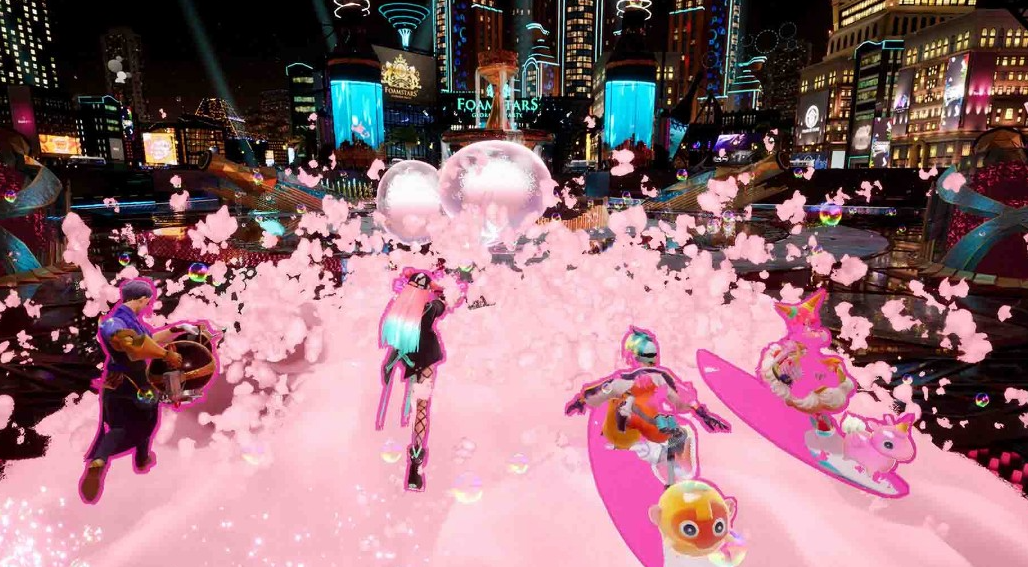
Presently, FOAMSTARS mirrors the Titanfall model, emphasizing the online multiplayer aspect and leaving a void in the solitary gaming experience. However, this observation doesn’t detract from the merits of the multiplayer component, which undoubtedly steals the spotlight. Nevertheless, in an era where diverse gaming experiences are valued, a solo mode remains crucial for games, offering an alternative to facing human opponents online. The current inclusion of FOAMSTARS in the PS Plus lineup tempers the impact of its $29.99 price tag, as the content provided might not justify the cost without this promotional offer.
In essence, FOAMSTARS’ dichotomy between solo and multiplayer modes paints a nuanced picture. The solo missions, while lacking in substance and depth, serve as a stepping stone for acquiring experience. On the other hand, the multiplayer facet brings vibrancy and excitement, offering diverse gameplay modes that elevate the overall gaming experience. The hope for future expansion and the potential for longevity hinge on Square Enix’s commitment to enriching both sides of the FOAMSTARS gaming spectrum. As it stands, the game provides a captivating multiplayer showcase but may leave solo players yearning for a more substantial solo gaming experience.
Transactions in FOAMSTARS: A Cosmetic Affair
In the bustling world of FOAMSTARS, transactions abound, offering players a plethora of customization options. However, these transactions, primarily centered around costumes and emotes, play a minimal role in altering the game’s dynamics. The inherent chaos within the gameplay ensures that no clear advantage can be gained over opponents by investing in these cosmetic enhancements.
The in-game marketplace presents an array of costumes and emotes catering to diverse preferences. Players can indulge in these transactions to personalize their Foamstars and express their unique style within the chaotic arena. The emphasis, however, lies in the fact that these cosmetic additions remain peripheral to the core gameplay. Whether adorned in flamboyant costumes or boasting expressive emotes, victory or defeat hinges solely on strategic gameplay rather than aesthetic flair.
Unlike games where transactions might confer tangible advantages, FOAMSTARS maintains a level playing field. The sheer frantic nature of the game renders cosmetic transactions inconsequential to the overall outcome. While these additions might enhance the visual appeal of the player’s character, they contribute little to altering the trajectory of victory or defeat.
In essence, the transactions in FOAMSTARS serve as a means of self-expression and personalization rather than a pathway to gaining a competitive edge. Whether players choose to invest in these cosmetic enhancements or not, the essence of the game remains untouched by their choices. The virtual wardrobe may provide a feast for the eyes, allowing players to look good in their victories or defeats, but it remains a peripheral aspect that doesn’t tip the scales in the chaotic battle of FOAMSTARS.
Fear and Foaming: The Vibrant Chaos of Foamstars
Nestled in the neon-drenched cityscape of Bath Vegas, Foamstars thrives on the exhilarating energy of its fast-paced PvP matches. As a contender in the Foamsmash competition, your arsenal comprises a surfboard and a foam-powered weapon, unleashing a cascade of vividly colored bubbles onto the screen. These bubbles not only inflict damage but also ensnare enemies in a vulnerable ‘Foamed Up’ state, paving the way for a swift elimination, aptly labeled as ‘chilled’ in the game’s lexicon.
The strategic deployment of your foam stream transforms the environment, coating it with a bouncy layer of team-colored foam. This concoction not only offers cover and slight vertical elevation but, more significantly, propels you across the terrain at an accelerated pace on your surfboard. Conversely, foam from the opposing team becomes a hindrance, slowing your surfing speed to a crawl. Drawing inevitable comparisons with Splatoon’s ink mechanics due to their mechanical similarities, Foamstars manages to carve its unique identity with inventive elements.
Distinguishing itself further, Foamstars introduces a captivating lineup of hero characters, each wielding distinct weapons and abilities. The current roster of eight heroes boasts a solid variety, from the nimble dual pistol-wielding speedster Soa to the foam stream-spouting Rave Breaker. Each character flaunts a unique, eye-catching design, and exploring their quirks proves surprisingly engaging.
Among the eclectic cast, a personal favorite emerges in the form of Mel T, an endearing dessert-themed contestant armed with a formidable homing missile launcher. Adopting a more strategic approach, staying on the fringes, and foaming up opponents from a safe distance with Mel T provided a delightful change of pace. The rhythmic dance of foaming up adversaries before delivering a board-smashing blow possesses an inherent charm, yet the vibrant colors and rapid movements can render the action challenging to track, especially in the throes of intense, chaotic moments.
Foamstars: Surfing Through a Sea of Disappointments
In the radiant realm of Bath Vegas, Foamstars unfolds its vibrant yet flawed canvas. Despite the promise held by its condensed 4v4 format, the gameplay falls short, leaving players yearning for a more substantial and engaging experience. Currently offering three PvP modes—Smash the Star, Happy Bath Survival, and Rubber Duck Party—Foamstars attempts to diversify its offerings but stumbles in execution.
Rubber Duck Party introduces a basic objective-based mode where teams vie for control of racing a rubber duck, striving to guide it to the finish line with the utmost speed. While the premise is straightforward, the brevity of matches, lasting only a couple of minutes, and the repetitive cycle of returning to the hub area for new games diminishes the overall satisfaction.
Smash the Star, a peculiar take on team deathmatch designates the highest-performing player as the star. The first team to lose their star player faces defeat, adding a layer of tension to the team-based challenge. However, the fleeting nature of matches and the constant cycle of re-entering the hub for a new game detracts from the potential intensity.
Happy Bath Survival emerges as the most engaging PvP mode, introducing a novel twist by stationing two players from each team outside the arena, supporting their teammates with showers of colored foam. Spanning a maximum of three rounds, the team with the most victories emerges victorious. Yet, the briefness of matches remains a recurring issue, preventing a deep sense of engagement.
The brevity of matches becomes a gateway for more conspicuous attempts at monetization, with costume packs prominently displayed in the hub area, some carrying exorbitant price tags of $44.99 / £36.99. The limited variety in PvP modes, coupled with a dearth of diverse maps—excluding a unique casino-inspired map—contributes to a sense of monotony that pervades the gaming experience.
Beyond PvP, Foamstars offers 18 single-player missions focused on different characters. Unfortunately, these missions follow a simplistic format where waves of mundane enemies march linearly toward an unstable reactor in uninspiring environments. Awkwardly written dialogue, serving as filler, disrupts the gameplay flow, offering little substance and diluting the overall experience.
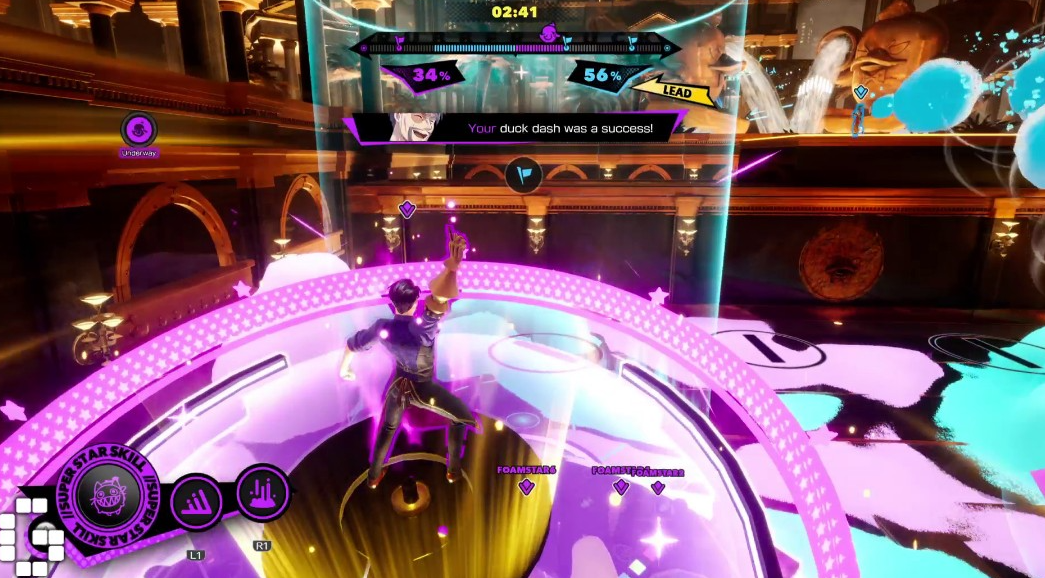
The single-player experience introduces incremental upgrades purchasable with in-game currency, yet their minimal impact renders the entire system negligible. However, the online PvE mode fares better by incorporating three other players, introducing a more engaging upgrade system that bestows substantial buffs between waves. While not groundbreaking, these upgrades range from stat improvements to additional projectiles and turrets, alleviating the monotony.
In conclusion, Foamstars, despite showcasing potential in its PvP component, falls short of delivering a satisfying multiplayer experience. The brevity of matches, limited PvP modes, and conspicuous attempts at monetization overshadow the game’s merits. Aiming for a more comprehensive package, future seasonal content updates may hold the key to elevating Foamstars from its current status as a disappointment and unlocking its latent multiplayer potential.
FOAMSTARS: Riding Waves of Potential Amidst Challenges
FOAMSTARS, Square Enix’s foray into competitive gaming, presents a captivating surface-level gameplay concept reminiscent of Splatoon. Beneath its exterior, it unveils a deeper and more intriguing gameplay experience, driven by robust upgrade and buff systems. However, the game grapples with an inherent conflict, leaving it at odds with itself.
The combat mechanics, marked by unexpected engagement, fast-paced matches, and a captivating soundtrack, succeed in drawing players into the vibrant world of FOAMSTARS. Yet, this positive momentum faces stark opposition from the flat single-player content and a monetization strategy that leans towards aggression. Navigating through the game’s menus becomes an arduous task, hindering the overall user experience and contributing to the challenges FOAMSTARS confronts.
The lack of meaningful solo missions emerges as a notable drawback, creating the impression that only half of the game reached completion at launch. FOAMSTARS, in its current state, struggles to strike a harmonious balance between its captivating combat dynamics and the lackluster single-player component.
The announced update plan, perceived as glacially slow in the context of a dynamic multiplayer landscape, further compounds the challenges FOAMSTARS faces. While its ranked modes and maps introduce excitement and nuance mid-match, the confounding time-gated queues diminish motivation to progress up the ladder. This, coupled with the sense of having already explored everything the game offers, raises questions about FOAMSTARS’ longevity on players’ gaming consoles.
In conclusion, FOAMSTARS showcases potential marred by internal conflicts. Its compelling aspects vie against hindrances like subpar single-player content, aggressive monetization, and sluggish menus. The game stands at a crossroads, where its future hinges on addressing these challenges and aligning its trajectory with the dynamic demands of the multiplayer gaming landscape.
Read More – The 10 Best First-Person Shooters Games Of All Time.


